Waxing can be a daunting experience for many, often associated with discomfort or even pain. However, with the right techniques and preparations, you can significantly reduce the discomfort associated with waxing. In this article, we’ll share 13 practical tips that will help make your next waxing session a more comfortable and enjoyable experience.
Apply a Numbing Cream to the Waxing Area
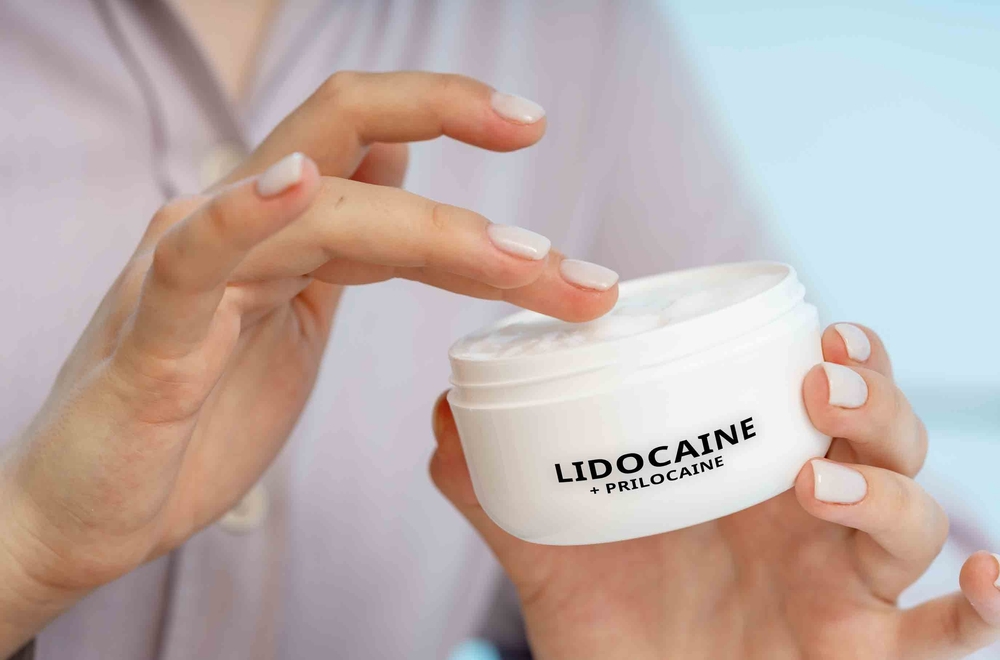
Applying a numbing cream to the area you plan to wax can significantly reduce pain. These creams typically contain lidocaine, which numbs the skin temporarily. It’s important to follow the instructions carefully and apply the cream about 30-45 minutes before your appointment for the best results. It dulls the pain receptors in the area, making the waxing process more bearable.
Use an Exfoliating Scrub on the Areas You’ll be Waxing

Exfoliating before waxing removes the dead skin cells and other surface debris that could clog your pores and cause ingrown hairs. It also helps to lift hairs away from the skin, making them easier to remove and reducing the number of times wax needs to be applied to an area, thereby decreasing the overall pain.
Take a Pain Reliever

Taking an over-the-counter pain reliever, such as ibuprofen, about 30 minutes before your session can help reduce inflammation and pain perception. It’s a simple, yet effective way to make the process more comfortable, especially if you’re sensitive to pain or waxing a particularly sensitive area.
Skip Caffeine and Alcohol

Caffeine and alcohol can increase your skin’s sensitivity. Skipping your morning coffee or evening drink before your appointment can actually make your skin less prone to pain during the waxing session. Staying hydrated with water, on the other hand, can make your skin more pliable and waxing less painful.
Choosing the Right Time
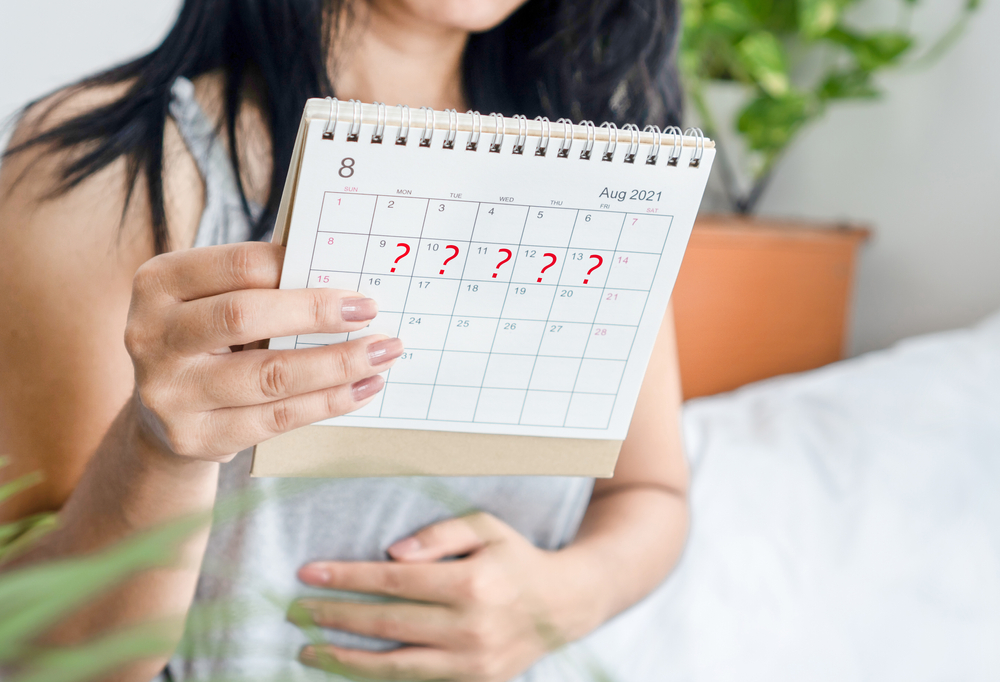
Your skin is more sensitive during certain times, such as just before or during your menstrual cycle. Scheduling your waxing session when your skin is least sensitive, typically about a week after your period, can reduce pain and make the experience more comfortable.
Consultation with a Dermatologist

If you have sensitive skin or are concerned about the pain associated with waxing, consulting a dermatologist before your appointment can be beneficial. They can provide personalized advice or treatments, such as recommending a specific type of wax or aftercare to reduce irritation and pain.
Length Matters
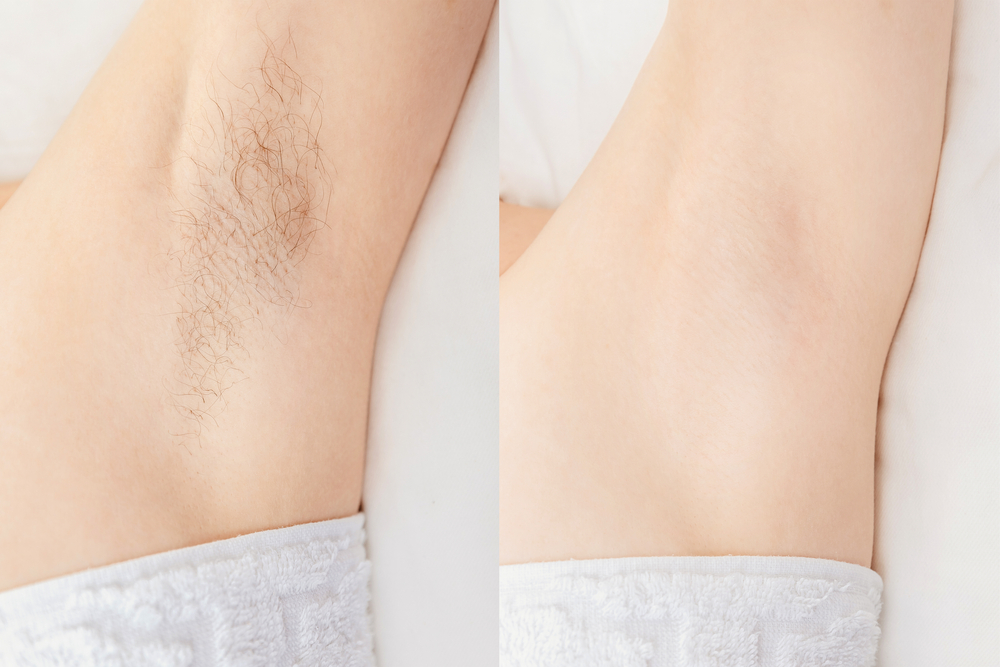
The ideal length for hair to be waxed is about ¼ inch. If hair is shorter, it may be difficult for the wax to grip, leading to multiple applications and more pain. If it’s longer, it can lead to tugging and more discomfort. Trimming your hair to the right length before your appointment can make the process smoother and less painful.
Start with Smaller Areas for Waxing
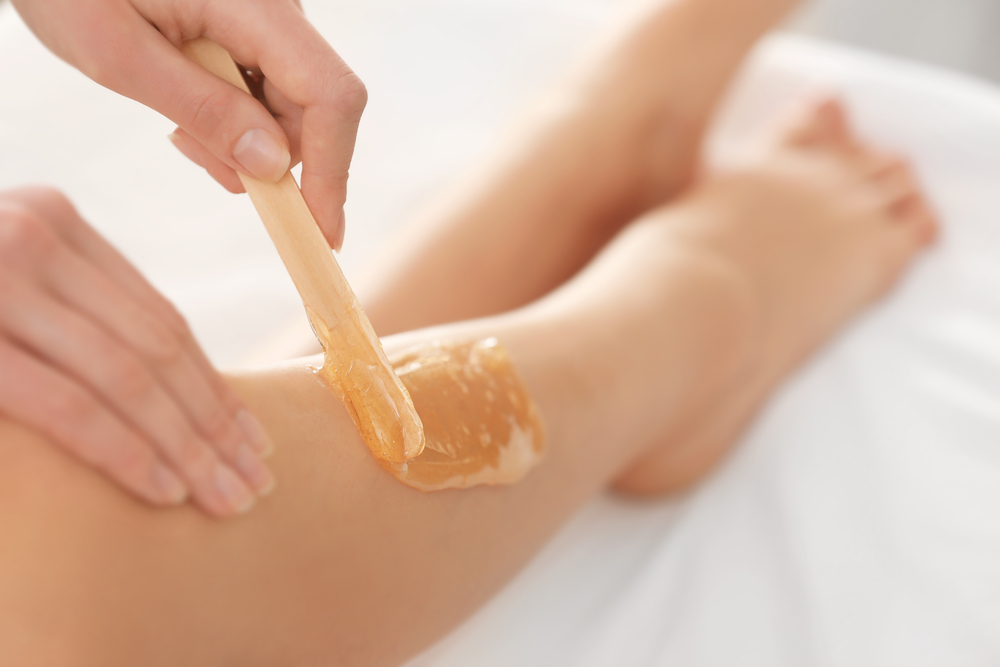
If you’re new to waxing or particularly sensitive to pain, starting with smaller areas can help your body get used to the sensation. Smaller areas are also quicker to wax, reducing the duration of the pain, and can serve as a good test to see how your skin reacts to waxing.
Use the Right Type of Wax
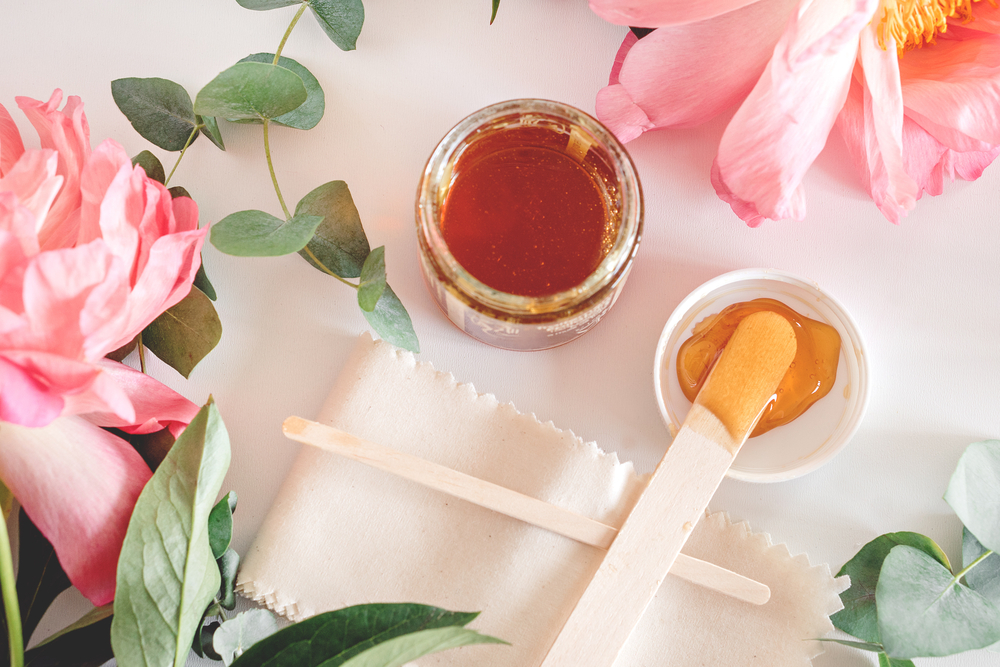
There are different types of wax available for hair removal, such as hard wax, soft wax, and pre-made wax strips. Hard wax is generally better for sensitive areas as it only adheres to the hair and not the skin, making it a less painful option. Consult with your waxing professional about the best type of wax for your skin type and the area being waxed.
Practice Proper Aftercare

Aftercare is crucial to reduce pain and inflammation after waxing. Applying a soothing lotion or aloe vera can calm the skin. Avoid hot showers, saunas, and tight clothing immediately after waxing to prevent irritation and discomfort.
Breathe and Relax
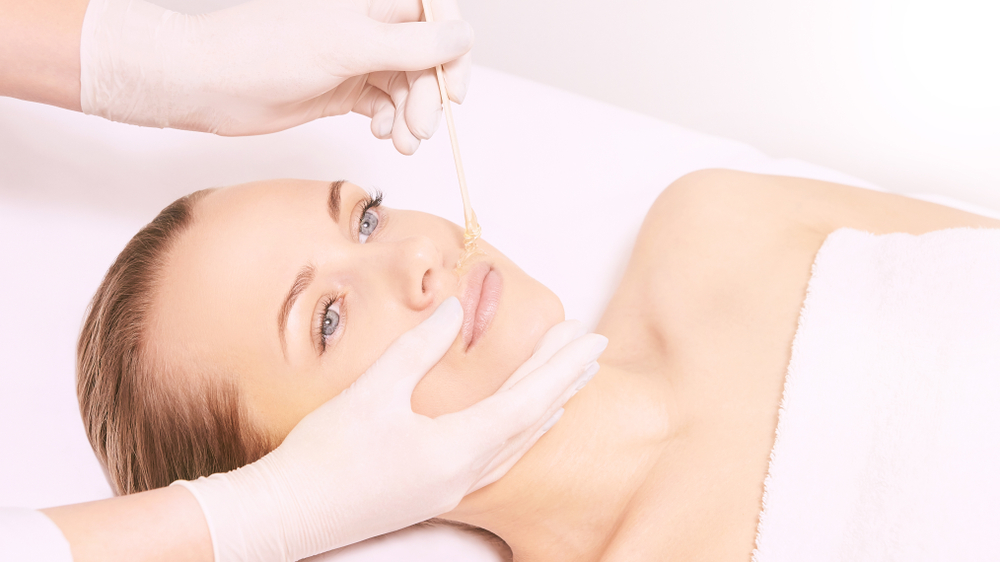
It might sound simple, but deep, controlled breathing during your waxing session can significantly reduce pain perception. Try to breathe in deeply and exhale slowly when the strip is being removed. Being tense can make the experience more painful, so relaxation techniques can be very helpful.
Keep Up with Regular Waxing

Regular waxing can reduce pain over time. Hair grows back finer and sparser, making it easier to remove. The skin also becomes accustomed to the sensation of waxing, making each session less painful than the last.
Use Quality Products
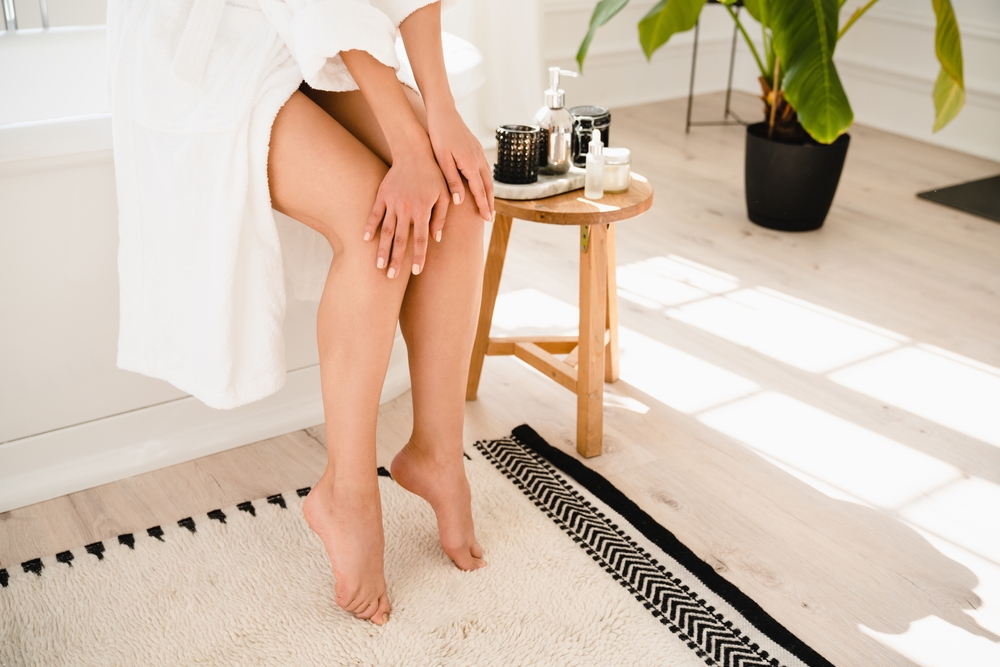
High-quality waxes and soothing post-wax products can make a significant difference. They often contain skin-soothing ingredients that can reduce pain and make the waxing process smoother.
This article originally appeared on UnifyCosmos.
More from UnifyCosmos
15 Essential U.S. Destinations to Explore

Embarking on a journey through the United States unveils a treasure trove of diverse experiences waiting to be explored. From iconic landmarks to hidden gems, the country offers a tapestry of adventures catering to every traveler’s wanderlust. Read More.
20 Essential Albums That Defined Musical Eras

As we explore these musical milestones together, we’ll discover how they shaped not just the sounds of their times but also influenced the world in big ways. Read More.
15 Of The Most Overrated TV Shows Of All Time

We’re on a mission to sift through the most talked-about series to figure out which ones might not live up to their massive reputations, all while recognizing the incredible effort it takes to bring them to our screens. Read More.
Leave a Reply